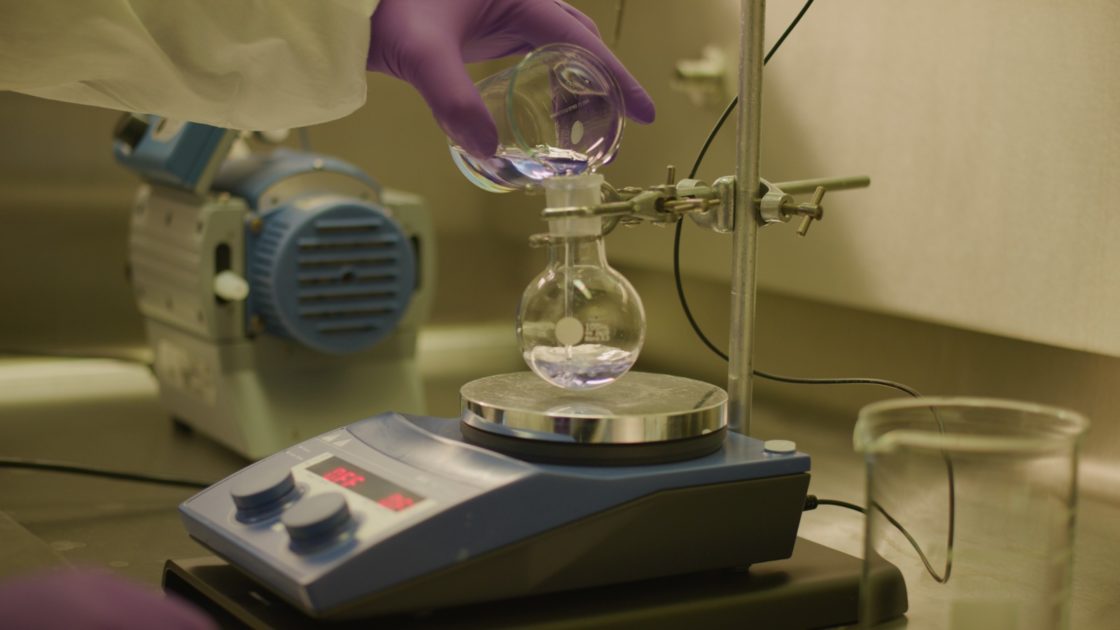Non-clinical ADME with Radiolabelled Compounds

Non-clinical ADME with Radiolabelled Compounds Services
The use of radiolabelled compounds is the primary tool for understanding metabolism and conducting non-clinical ADME studies. By radiolabelling a test compound, our team can follow its metabolism and ensure that we do not miss any metabolites in the biotransformation pathway. When partnering with Pharmaron, our team employs state-of-the-art technology to generate key quantitative and qualitative data to advance R&D programs.
Pharmaron conducts a wide range of non-clinical ADME studies. These investigations are typically performed in the appropriate toxicology species, but also can be extended into a wide range of pharmacology and disease models. Our team also offers AMS technology to support ultra-sensitive quantitative analysis of 14C-compounds when LSC has insufficient sensitivity.
Capabilities

Non-clinical ADME Capabilities
- in vitro/in vivo metabolism & PK studies with 14C and 3H
- Total [14C] or total radioactivity (TRA) analysis of blood, plasma, excreta (mass balance), met profiling and met id
- Quantitative tissue distribution studies with QWBA, including human dosimetry in albino and pigmented animal models
- Rapid imaging with novel digital ‘real-time’ autoradiography
- Cellular distribution studies with mARG
- in vitro comparative species metabolism studies in hepatocytes/microsomes
- in vitro DDI studies: enzymes, transporters
- Plasma protein binding and blood/plasma partitioning ratios
- Tissue disposition of 14C/3H radiolabelled biologics in target organs and tissues of interest

Radiosynthesis
- Standard 14C and 3H radiosynthesis to provide radiolabels for non-clinical ADME
- GMP preparation of 14C-drug substance and 14C-drug product for clinical ADME
- Non-GMP clinical-grade re-purification of 14C-drug substance for AMS-enabled human microtracer studies
- 14C and 3H radiolabelling of large molecules and biologics e.g. oligonucleotides, peptides, proteins
- Expert metabolism and biotransformation advice for positioning the radiolabel so that it is in a metabolically stable part of the molecule


